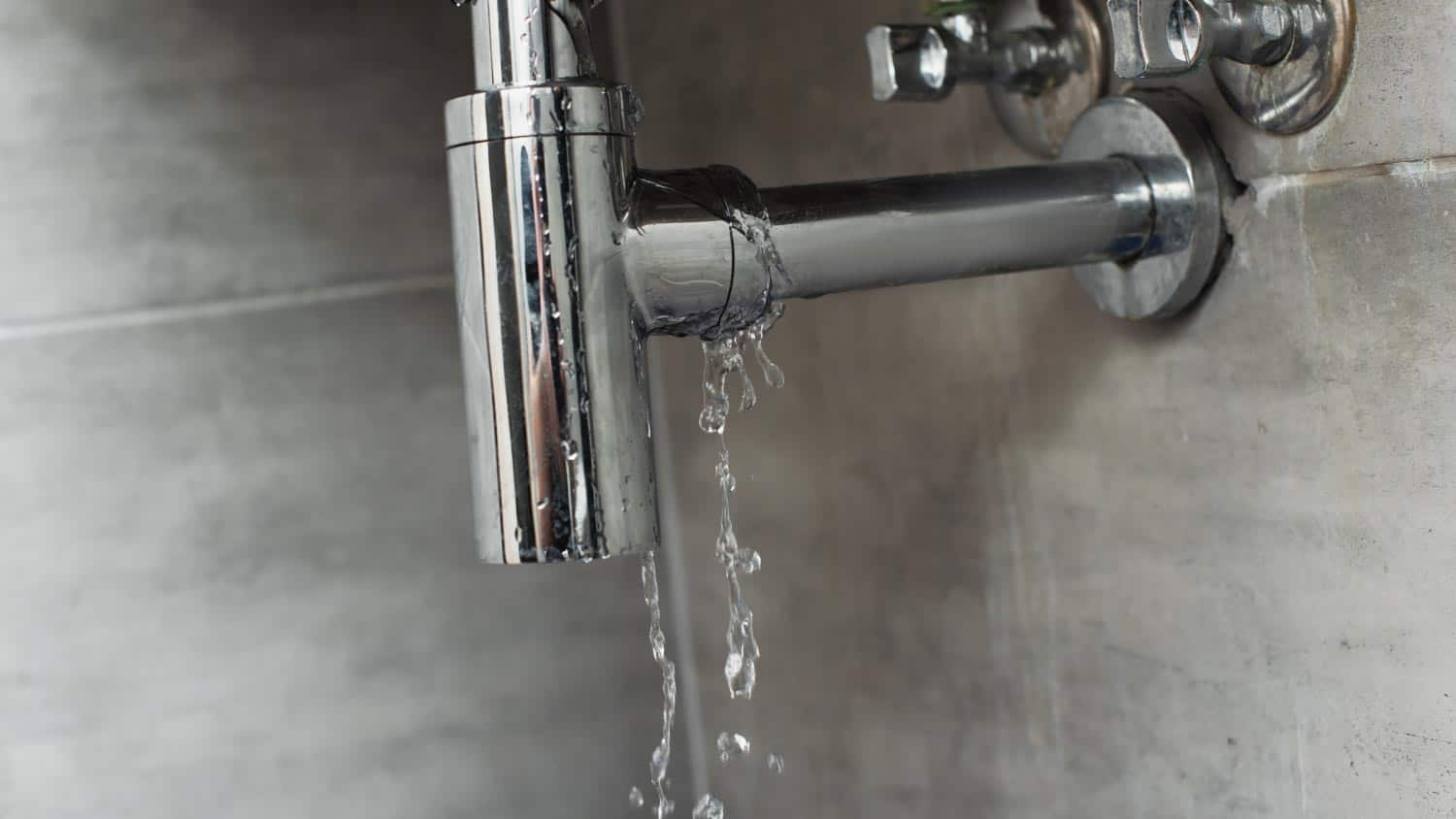Just how to Discover and Repair Water Leaks-- A Comprehensive Overview
Just how to Discover and Repair Water Leaks-- A Comprehensive Overview
Blog Article
Presented here below you will discover some extremely good news with regards to Finding hidden leaks.

Early discovery of leaking water lines can mitigate a prospective disaster. Some small water leakages may not be noticeable.
1. Examine the Water Meter
Every home has a water meter. Checking it is a guaranteed manner in which helps you find leakages. For beginners, switch off all the water sources. Make certain no one will purge, make use of the faucet, shower, run the washing equipment or dishwasher. From there, go to the meter and also watch if it will certainly change. Since nobody is utilizing it, there need to be no movements. That indicates a fast-moving leak if it moves. If you discover no modifications, wait a hr or two as well as inspect back once more. This suggests you might have a slow leakage that can also be underground.
2. Examine Water Consumption
Examine your water costs and also track your water consumption. As the one paying it, you ought to see if there are any kind of discrepancies. If you spot sudden changes, despite your intake coinciding, it suggests that you have leakages in your plumbing system. Keep in mind, your water expense must drop under the very same variety on a monthly basis. An abrupt spike in your costs suggests a fast-moving leak.
A steady rise every month, also with the same behaviors, shows you have a slow leakage that's also slowly rising. Call a plumber to completely examine your property, specifically if you feel a cozy location on your floor with piping beneath.
3. Do a Food Coloring Examination
When it pertains to water consumption, 30% originates from bathrooms. Test to see if they are running properly. Decline flecks of food shade in the container and wait 10 mins. If the color somehow infiltrates your bowl throughout that time without flushing, there's a leak between the tank and bowl.
4. Asses Exterior Lines
Don't fail to remember to inspect your exterior water lines also. Needs to water leak out of the link, you have a loose rubber gasket. One little leak can lose bunches of water and spike your water expense.
5. Evaluate the scenario and check
Homeowners should make it a behavior to examine under the sink counters as well as also inside closets for any type of bad odor or mold growth. These two red flags suggest a leak so timely attention is required. Doing routine examinations, also bi-annually, can save you from a major problem.
Inspect for stainings as well as compromising as most pipelines and devices have a life expectations. If you presume leaking water lines in your plumbing system, do not wait for it to escalate.
Early discovery of leaking water lines can minimize a possible catastrophe. Some little water leaks might not be noticeable. Inspecting it is a guaranteed method that helps you find leaks. One little leak can throw away loads of water and increase your water bill.
If you think dripping water lines in your plumbing system, don't wait for it to intensify.
How to Know If Your Home Has a Hidden Leak
Water Meter Reveals Inexplicable Water Usage
If you’d like to test whether or not there’s a leak somewhere in your home, you can do this using your water meter. Here is how to conduct the test:
Don’t use any water in your home for at least 30 minutes; this also means not turning on faucets or water-using appliances.
Go outside, and check your water meter for activity.
If your water meter shows that there was activity, even though no one was using any water, this proves that there is a leak in your home.Visible Mold or Mildew Growth
Leaks behind walls create moist, dark environments that allow mold and mildew to grow and thrive. Eventually, you might see mold growth forming on the wall closest to a hidden leak.
If mold is growing in an area that receives a high amount of moisture, such as a bathroom, it may simply be an indication that better ventilation is needed. However, if you see mold growth on a wall or the ceiling in an area where you would not expect, you probably have a hidden leak.
Musty, Mildew Odor
Sometimes you might not be able to see the mold or mildew that is growing as a result of a leak. However, the smell can give the problem away just as easily. If you catch a whiff of something musty, there’s a good chance that old water is collecting somewhere in your home that you can’t see.
Stained/Warped Walls, Ceilings, or Floors
When your home soaks up water, a variety of red flags can become visible, including ceiling stains, bubbling drywall, warped walls, and sagging floors. While these issues can be caused by excess humidity, they can also be signs that a pipe or plumbing connection has started leaking behind your walls.
Inexplicably High Water Bill
After a while, you get a general sense for what your water bill should be. If you own a pool or sprinkler system, your bill will tend to be higher during summer. However, if you receive a water bill that seems especially high, and you can’t figure out what caused it, then you may have a hidden leak somewhere that’s increasing your bill.
https://www.plumbingjoint.com/blog/2019/july/how-to-know-if-your-home-has-a-hidden-leak/

As a reader about Detecting hidden plumbing leaks, I assumed sharing that piece of content was worthwhile. Are you aware of anybody else who is curious about the subject? Please feel free to share it. Many thanks for your time. Visit us again soon.
Report this page